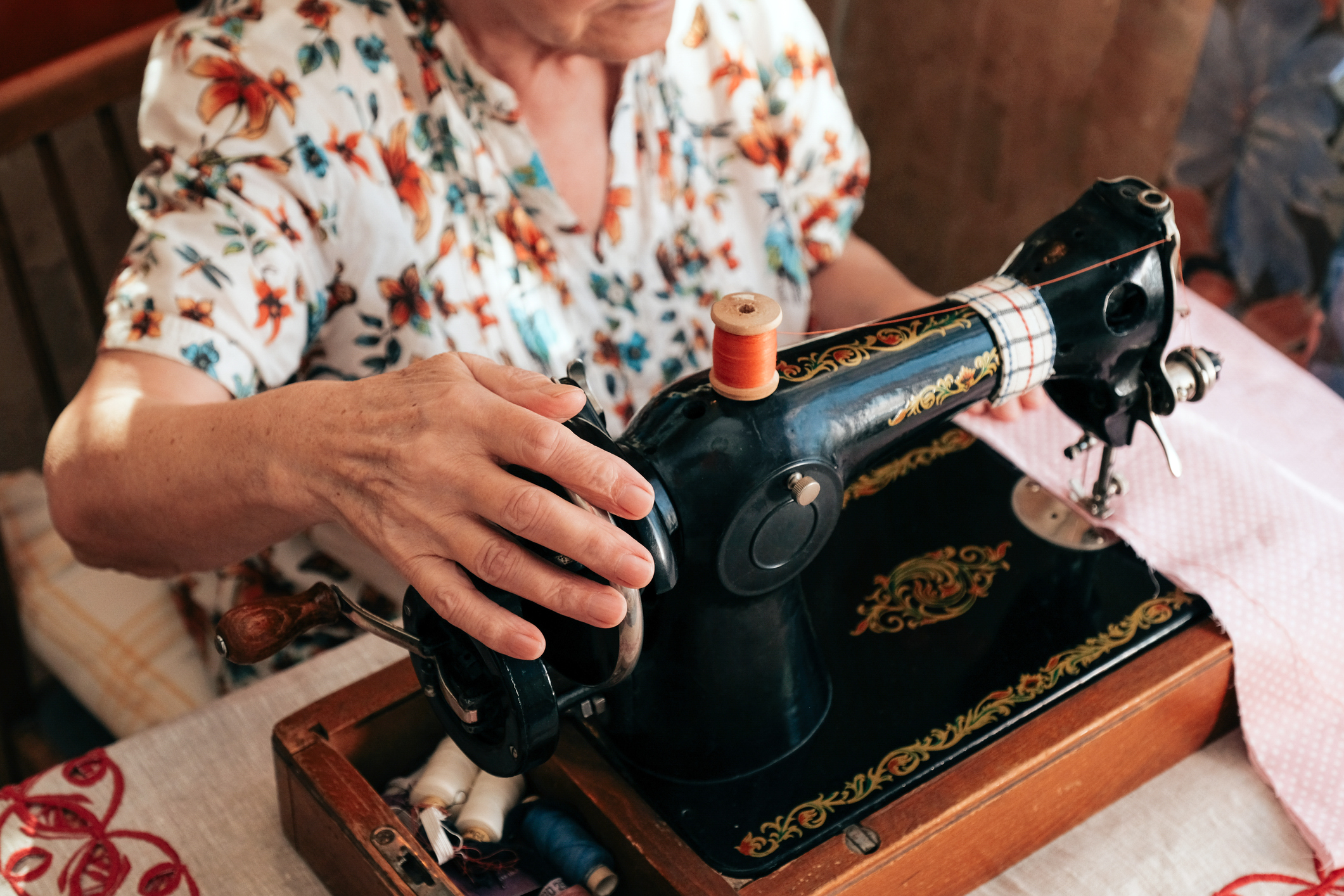As the final long weekend of summer approaches, many people – mostly women if we’re being honest – are beginning to think of fall clothes and bedding. The promise of sweater weather, pumpkin spice, and nostalgia for back-to-school shopping can drive more than a few impulse purchases. But before clicking through your online cart, it’s probably a good idea to first shop in your own closet; you already may own a similar item even though it may need a new button or zipper. Mending clothing is a skill many younger adults have failed to master, but it’s not too late to learn and as more people try to reduce their consumption, grandma’s sewing basket may offer new life to old clothes.
Although it’s a good practice to donate or re-sell clean, gently-used clothing to centers like the Salvation Army or Value Village, some items that are damaged should not be donated but rather recycled, or repaired. Visit donation websites to learn more about what items they accept. Winter coats, boots, and business clothing may be welcomed by homeless shelters, but call ahead first and make certain everything is clean, and in good condition.
Back to the bit about repairing clothes; a recent study found that most people feel they don’t possess the necessary skills to properly mend and repair their clothes. Because seamstresses are both in high demand, and expensive, many clothes wind up in the donation pile before their time. Older adults who learned to sew, iron, and remove stains out of necessity have much to teach the next generation. These skills can help to stretch budgets and keep clothing out of landfills.
People used to invest in classic, well-made clothing items in durable fabrics that would hold up over time. When cheaper, mass-produced clothes arrived on the scene, many sewers found they couldn’t make the items for less than they could purchase them, ready-made. But this disposable-clothing mindset is shifting as more people realize the effect the fast clothing industry has taken on the environment.
Knitting, crocheting, and sewing have made a big comeback, and not only due to the extra time people had on their hands during the pandemic. With an eye to sustainability, more younger adults are interested in learning how to make or fix their own clothes while they can still be repaired and serviceable. Check out insteading.com for step-by-step lessons on mending your own clothes, or even better, plan an afternoon of sewing lessons with Granny! A stitch in time will hopefully save you nine.






Add Your Voice
0 Comments
Join the Discussion